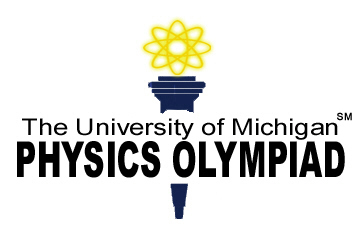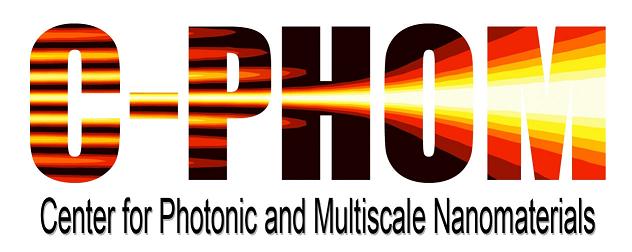 |
 |
 |
 |
| Home |
| General Information |
| Sponsors |
| General Rules |
| Registration |
|
2015 Events |
| Think or Sink |
| Katapult Range |
| Pasta Bridge |
| Egg Catcher |
| Small Higgs Boson |
| Laser Maze |
| Physics Bowl |
| Schedule |
| FAQs |
| Awards |
| 2015 Winners |
| Acknowledgements |
|
Website visits since Jan 23, 2015: |
The information on this event is up to date.
Faculty coordinators: Jim Liu
Preparation Team and Judges: Galina Grom, Daniel Morton, Nicolas Orlofsky
Event Description:
Before coming to the Physics Olympiad, participants build an adjustable-range trebuchet (or catapult)
capable of hurling standard-size water balloons (about 3'' in diameter,
200g) ranges of 20-60 feet through vertical rings with 25-inch
diameters at ring-center heights of up to 7 feet above the ground. The
operation of the siege engine is armed by one
of the two students who comprise a siege team. The second
student must then trigger the engine after at least 15 seconds have
elapsed since arming it. Students may take turns arming and triggering,
as they agree. Points are awarded for accuracy and distance, as
described below in the rules.
Teams must also take a 30-minute written quiz concerning projectile motion and mechanical energy. The two members of the team may not consult anyone else or any reference material in answering the quiz jointly, but may use a scientific calculator.
Event Location and Time:
Dennison Lawn (rain or shine)
10:30AM - 11:50AM and 1:00PM - 2:50PM
Apparatus and Materials:
Definition: a generic catapult is a device (including a trebuchet) that uses stored mechanical energy to hurl a projectile a desired distance. Firing of the projectile is actuated by a trigger mechanism. Devices that use stored chemical, biological, electrical, magnetic, or other non-mechanical forms of energy are not permitted to compete. A trebuchet is a specific engine in which the balloon is held by a sling attached to a pivoted lever arm, and the balloon is set in motion by the release of a weight at the other end of the lever arm. Trebuchets are capable of hurling heavy projectiles hundreds of yards, but are difficult to build and operate with precision. To reward competitors who achieve success with trebuchets, points earned by trebuchets will be double those earned by catapults for the same goals. Please note that catapults must launch their balloons via rigid pivoting arms. Devices based on a slingshot or crossbow may not be used and will be disqualified by the judge.
The three sets of distances and heights of the vertical rings to be used in the three rounds of shooting per team will be announced at the start of the competition. Teams should be prepared to make adjustments to the engines to accommodate those distances and heights without taking practice shots .
Once armed with a water balloon by one team member, the engine must remain armed for a period of no less than 15 seconds, until the other team member uses its trigger mechanism to initiate the launching of the water balloon.
Each team will design, build, and bring its own siege engine to the Olympiads. All materials are allowed for construction consistent with the stated rules. Teams must take their engines home with them at the end of the day.
Water balloons will be provided to each team.
Event Rules:
Points Awarded:
Each launch earns points according to the following table:
| Event | Score | Bonus (trebuchet only) | Description |
|---|---|---|---|
| Swish | 100 points | 100 points | Balloon passes through the ring without touching the ring or its support. |
| Touch-In | 75 points | 75 points | Balloon passes through ring, but touches ring or its support) before entering. |
| Distance | 25 points | 25 points | Front of balloon breaks the vertical plane containing the ring; includes backward bounces off the ring. |
If a team swishes on all three attempts at a given distance and height, it earns a bonus of 100 points (200 for a trebuchet). Hence a team can earn up to 400 points (800 for a trebuchet) per round and up to 1200 points (2400 for a trebuchet) in total for all launches.
The written quiz contributes up to another 300 points. The highest grand total score is therefore 1500 points (2700 for a trebuchet).
Judging Criteria:
Team prizes will be based on total scores, including quizzes. All decisions will be made by the judge and will be final.
|
Olympiad Contact Information |
The University of Michigan. All rights reserved. |